The latest generation of GPUs has begun its rollout, with Nvidia releasing its RTX 50-series graphics cards. While the GeForce RTX 5090 represents the high-end for Nvidia’s latest line, the GeForce RTX 5080 is the more consumer-friendly model featuring the company’s new Blackwell architecture. Having tested the 5080 in many gaming situations, it’s safe to say that the graphics card is very exciting for many reasons.
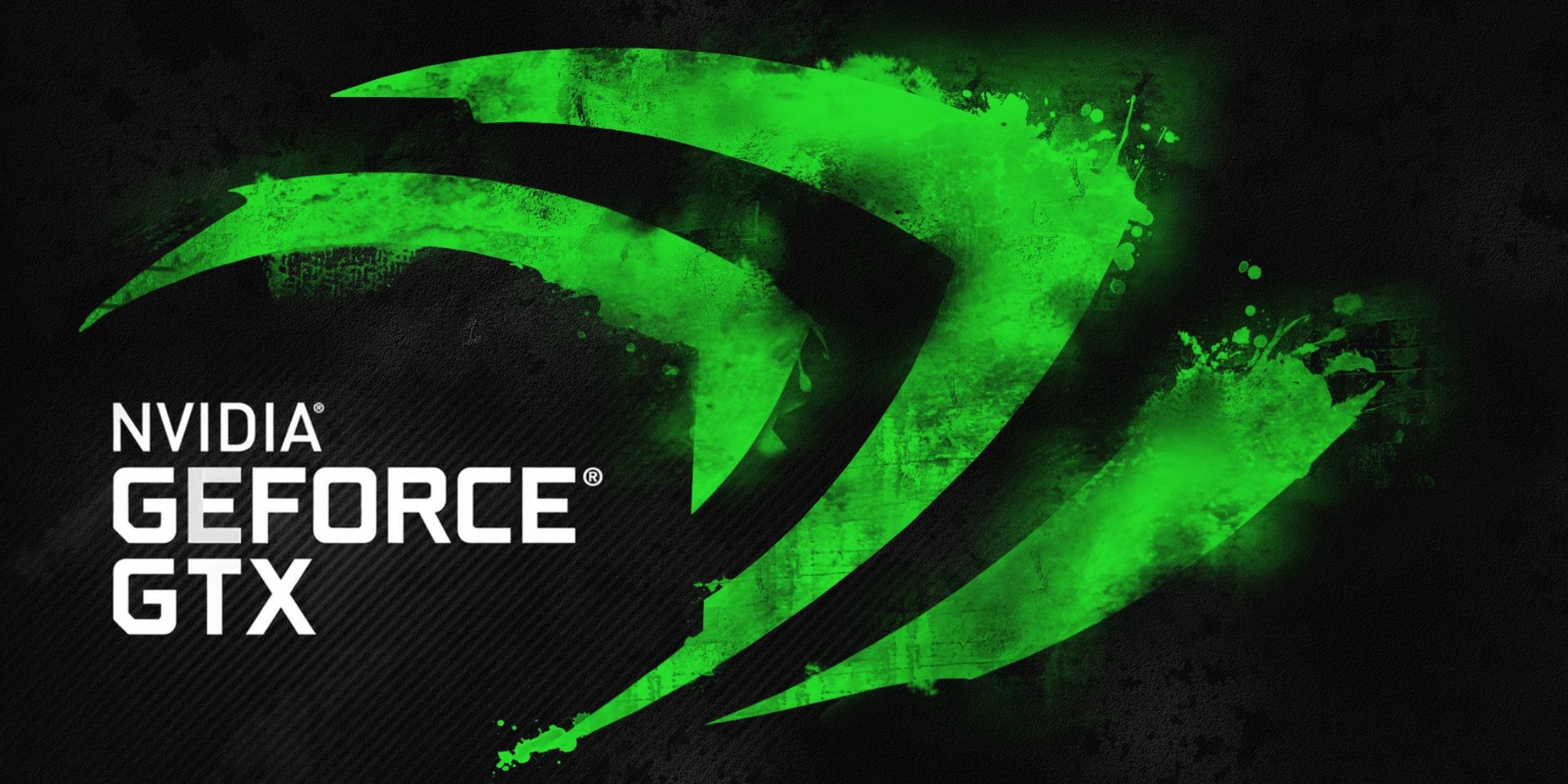
Related
Nvidia GeForce RTX 5060 And 5060 Ti: Leaks, Rumours, And Our Thoughts
Nvidia will be launching the RTX 5060 and the RTX 5060ti next year.
Nvidia GeForce RTX 5080 Founder’s Edition Design
After opting for a unique design of its Founder’s Edition cards with the 30-series, Nvidia has kept things mostly the same. The GeForce RTX 5080 looks a lot like the 4080 in terms of its overall profile, but Nvidia has made a few changes as well. The 5080 retains the same brushed metal with a black color scheme, a design that makes the card extremely eye-catching and stylish.
Rather than one fan on the top and one on the bottom of the right side of the card, the GeForce RTX 5080 features dual fans on the underside. And rather than fins on only the right side of the top of the card, they are arranged throughout the top. The fins also have a slight dip as they move towards the center to help promote airflow through the fans underneath. When the new design was unveiled with the 30-series, there were concerns about thermal performance – especially compared to the triple-fan design of the partner boards – but Nvidia has continued to iterate, and this is, in my opinion, the best-looking card yet.
In practice, this should give the GeForce RTX 5080 a lot more cooling and keep temperatures lower. It comes down to personal preference, but the GeForce RTX 5080 card looks great, with just a touch of lighting on the logo and in the “X” where the two fins connect.
The GeForce RTX 5080 is a very slim card compared to the 40-series, only occupying two slots on your PC case. It’s a very light graphics card as well, clocking in at 1,654 grams. Efficiency is clearly one of Nvidia’s goals with the GeForce RTX 5080 GPU, not just in terms of its performance, thermals, and power but also in how little space it will take in a build.
GeForce RTX 5080 Founder’s Edition Performance and Testing
Nvidia GeForce RTX 5080 Founder’s Edition Specs:
|
Architecture |
Blackwell |
|---|---|
|
VRAM |
16GB DDR7 on a 256-bit Bus |
|
1,801 Trillions of Operations Per Second (TOPS) |
5th Generation AI Tensor Cores |
|
171 Tera Floating-Point Operations Per Second (TFLOPS) |
4th Generation Ray Tracing Cores |
|
Base Clock |
2.3 GHz (Boost: 2.62 GHz) |
|
Ports |
3x Display Port 2.1b, 1x HDMI 2.1 |
|
Thermal Design Power (TDP) |
360 W |
|
Connector |
3x 8-pin via adapter or 1x 12-pin PCIE 5 cable (450W) |
When talking about performance, there is going to be a lot of conversations about how the GeForce RTX 5080 stacks up against the previous generation. Historically, the xx80 has outclassed all of its predecessors, including the xx90 card. That is not the case for the 5080, but only when looking at raw power and not considering price/value.
Nvidia has priced the 5080 Founder’s Edition at $999, whereas the 4080 launched with a $1,199 price tag. Instantly, the GeForce RTX 5080 is more accessible (in terms of price, at least) to a larger pool of gamers, which is a win. And even for those who might not be looking to make the 50-series jump, the 5080’s price point will also drive down the prices of 40-series cards.
That modest price, however, comes with a more modest performance bump. Compared to the 4080 Super, for example, the GeForce RTX 5080 is only about 7-10% more powerful, depending on the game. This translates to about 7 to 10 higher FPS on average compared to the prior, comparable generation when gaming. It can get a bit higher depending on the game, but overall, we saw that a 10 FPS boost was the most common result, taken as an average across different scenes within a game. For comparison, when the 4080 was released, the difference between the 3080 Founder’s Edition was closer to 20 FPS.
It’s a modest jump for this generation compared to the last, and it’s something PC enthusiasts will need to consider. At the same time, it doesn’t tell the full tale when it comes to the 50-series and why a lot of gamers are going to want to think about making the upgrade.
Multi-Frame Generation is a Game-Changer for the RTX 5080
Raw performance is all well and good, and is a major factor when it comes to frame rate boosting technology, but Multi-Frame Generation is what makes the difference in the 50-series. Even in its initial rollout, DLSS 4 tech has proven to be incredibly impressive and pushed the frame generation tech to new levels. Multi-Frame Generation is exclusive to the 50-series, and with it, the GeForce RTX 5080 is able to push past that 10% improvement range.
Frame Generation in DLSS 3 and 3.5 has been the type of technical wizardry that Nvidia puts a lot of stock into, and DLSS4 continues that trend. Where DLSS 3 and frame gen tech were based around slotting in an additional, AI-generated frame in between your rendered frames, thereby boosting frame rate, Multi-Frame Generation can slot multiple frames. Available in 3x or 4x options, DLSS 4 highlights what AI can bring to the table in terms of graphics card performance and made a huge difference in our testing.
At 4K resolution, Ultra/Highest Settings, and with all Ray Tracing features turned on, the jump from no frame generation to 4x Frame Generation is massive. In every case, the GeForce RTX 5080 was able to take what was otherwise an “unplayable” experience (read: under 30FPS) and push it past the point of stability that 2x Frame Generation (DLSS 3) might offer in high-FPS gaming. It truly is the type of generation leap that one would expect from the next graphics card line, only it’s not represented in the same way.
Take Cyberpunk 2077, for example, one of the current popular benchmarks for high-end PC gaming rigs. With everything set to maximum and a 4K resolution, the GeForce RTX 5080 could only get to about 22 FPS. But when applying Frame Generation at the “Quality” setting, the FPS jumped up to around 70 FPS. With 3x Frame Generation and 4x Frame Generation, that FPS increase went up to 100 FPS and 113 FPS, respectively.
Everywhere we tested DLSS 4, whether it was Alan Wake 2, Star Wars Outlaws, or Hogwarts Legacy, the results were pretty much the same. The jump was massive at each level of Frame Generation and significant enough to show that 4x Frame Generation is technical magic and needs to be adopted by as many developers as possible.
Alan Wake 2 Testing (Max Settings, 4K Resolution, Ray Tracing On)
- No Frame Generation: 29 FPS
- 2x Frame Generation – Quality Setting: 84 FPS
- 3x Frame Generation – Quality Setting: 120 FPS
- 4x Frame Generation – Quality Setting: 142 FPS
Cyberpunk 2077 Testing (Max Settings, 4K Resolution, Ray Tracing On)
- No Frame Generation: 22 FPS
- 2x Frame Generation – Quality Setting: 70 FPS
- 3x Frame Generation – Quality Setting: 100 FPS
- 4x Frame Generation – Quality Setting: 113 FPS
Star Wars Outlaws (Max Settings, 4K Resolution, Ray Tracing On)
- No Frame Generation: 14 FPS
- 2x Frame Generation – Quality Setting: 65 FPS
- 3x Frame Generation – Quality Setting: 94 FPS
- 4x Frame Generation – Quality Setting: 115 FPS
Hogwarts Legacy Open World (Max Settings, 4K Resolution, Ray Tracing On)
- No Frame Generation: 32 FPS
- 2x Frame Generation – Quality Setting: 67 FPS
- 3x Frame Generation – Quality Setting: 99 FPS
- 4x Frame Generation – Quality Setting: 124 FPS
3D Mark Benchmark Results
- Steel Nomad: 8,308
- Port Royal: 22,252
- Time Spy Extreme: 15,432
Game testing was done on a build featuring a AMD Ryzen 7950X CPU, 64GB of Dominator Titanium DDR5 RAM, Samsung 980 PRO SSD, and 1300W PSU.
As mentioned, efficiency is another key tenet of the GeForce RTX 5080, and that comes with lower VRAM usage compared to the past generation when using Frame Generation. Nvidia has updated its drivers to make the 40-series efficient as well, but the GeForce RTX 5080 isn’t going to be as demanding overall. In my testing, the card rarely exceeded 65 degrees Celsius, even at max load, and was relatively quiet. With a TDP of 360 watts, the GeForce RTX 5080 is slightly more power-hungry than the 4080’s 320 watts, but not by much. As compared to the xx90s, the need to upgrade a Power Supply isn’t as pressing.
Coming into a new graphics card generation, most gamers just want to see the numbers go higher compared to the previous generation, and while the GeForce RTX 5080 does that in some respects, others might be surprised that it doesn’t outmatch the 4090. But there are so many other reasons that the GeForce RTX 5080 is exciting and reasons to make the upgrade, especially if you are either multiple generations behind or working with a lower-spec card like a xx70.
It’s worth mentioning that the GeForce RTX 5080 and the whole 50-series lineup also bring some exciting advancements to content creation through Broadcast Voice and webcam presentation, but we will cover that in a separate feature.
Multi-Frame Generation is ultimately the major selling point of the GeForce RTX 5080, and it is very impressive. What it adds in terms of boosting game performance is significant and surprising. Frame Generation is already a stunning technology and it is only just starting to become more ubiquitous, and now DLSS 4 is going to be where games break new ground. Obviously, the AI-generated element is not going to appeal to everyone, but there is no perceptible loss of visual quality or smoothness to me. And in those instances where a game has not incorporated DLSS 4 yet, the Nvidia app offers an override feature that gives you the boost anyway.
Nvidia GeForce RTX 5080 Review: Final Thoughts
I love the design of the Nvidia GeForce RTX 5080, from its aesthetics to its slim form factor. And while the performance gains are not on the level that we are used to, Multi-Frame Generation is the secret, added element that delivers that jump above the previous generation, and it is significant. At $999 and if you are lucky enough to find one, the RTX 5080 Founder’s Edition is an excellent introduction to what the future will offer PC gamers and one impressive piece of technology.
The Nvidia GeForce RTX 5080 Founder’s Edition is available now for $999. Game Rant was provided a unit for this review.
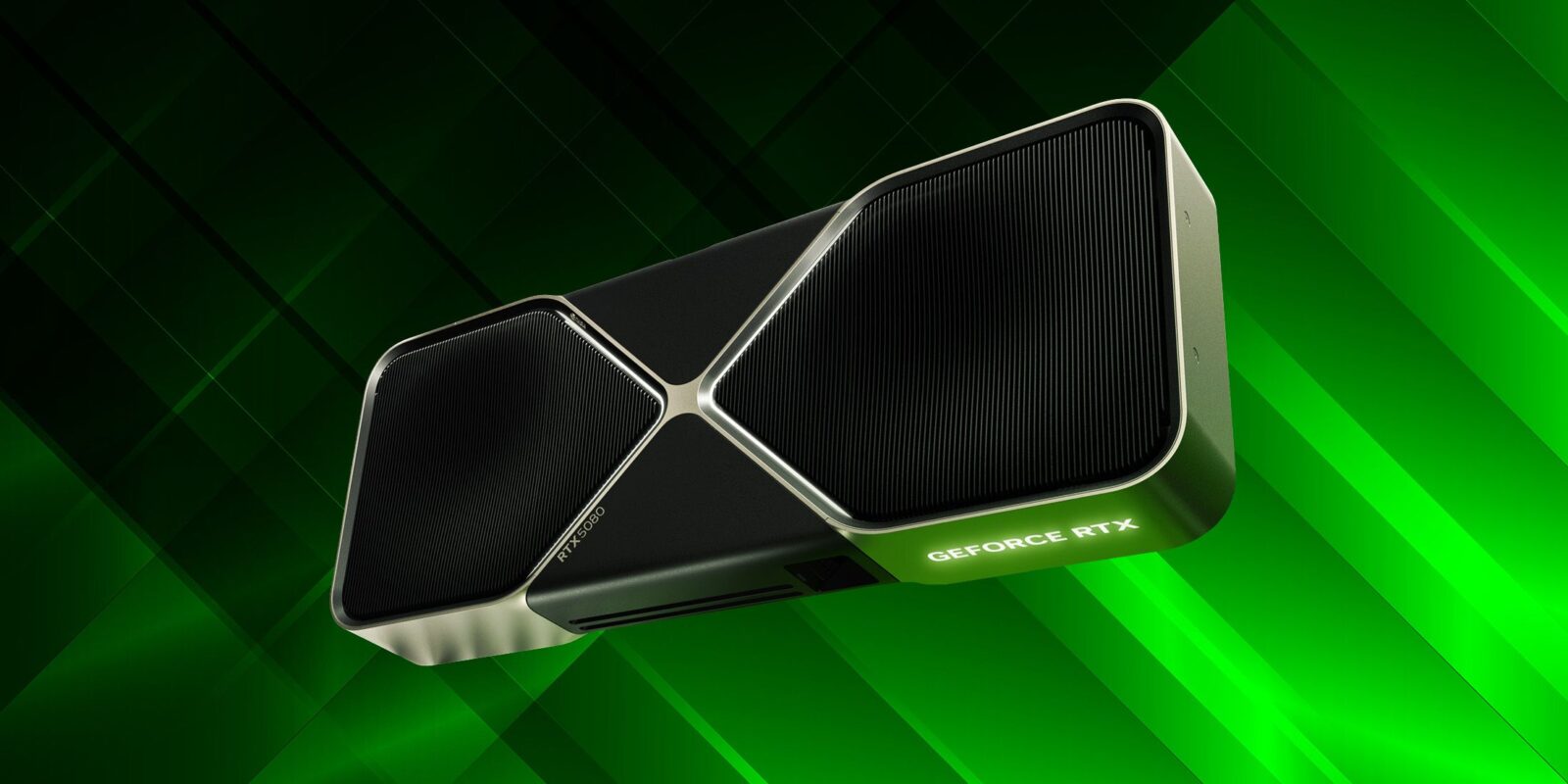

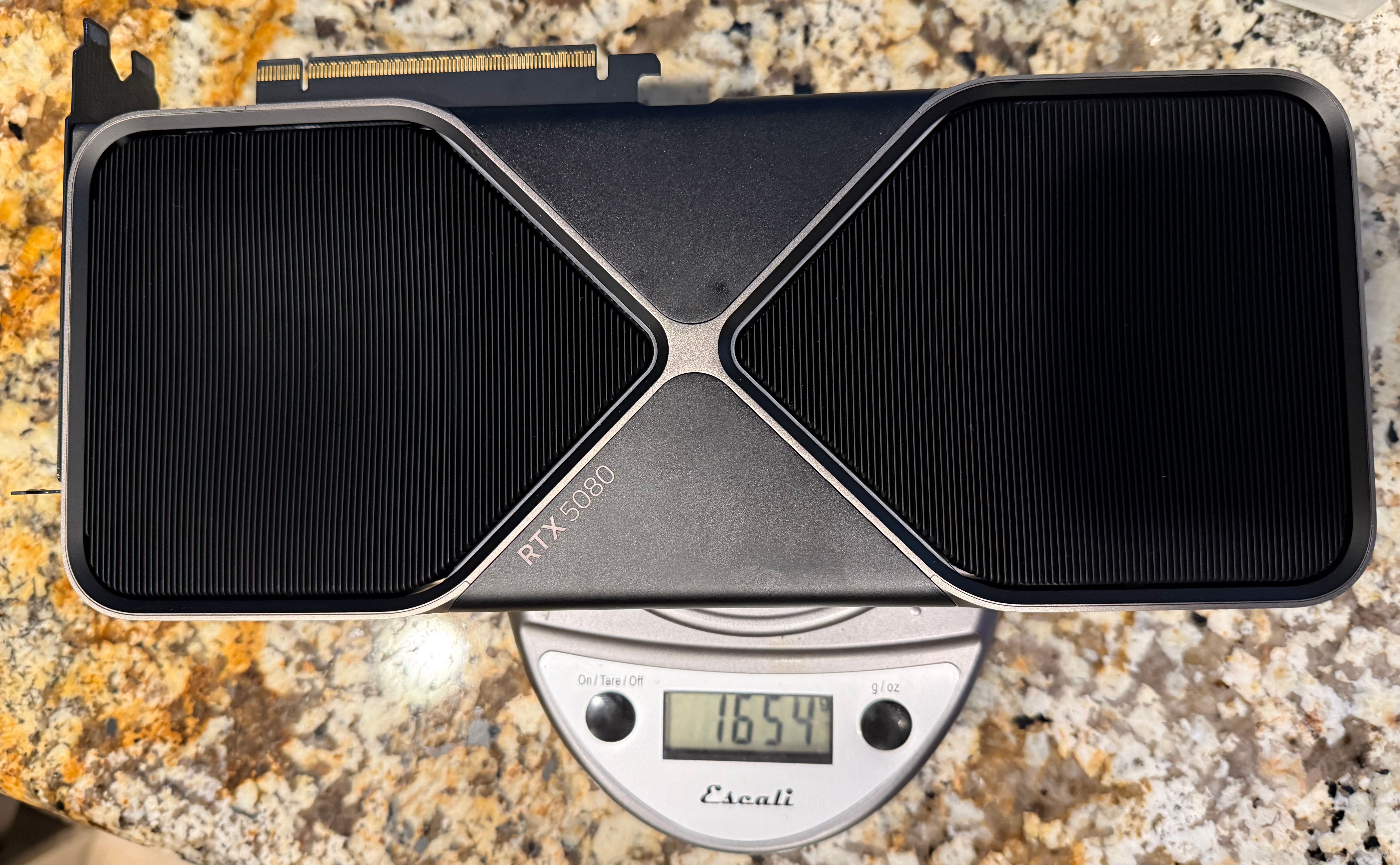
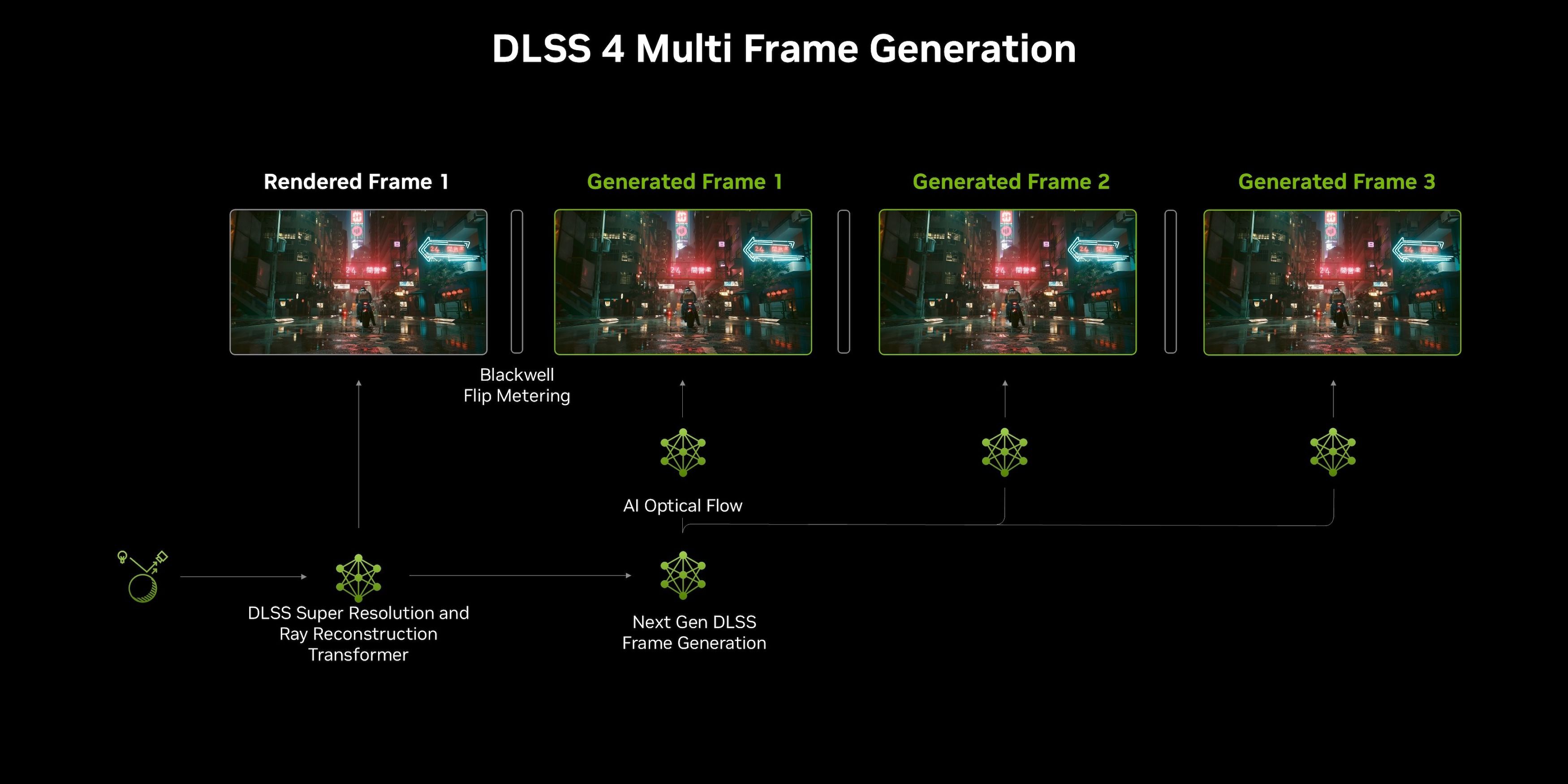
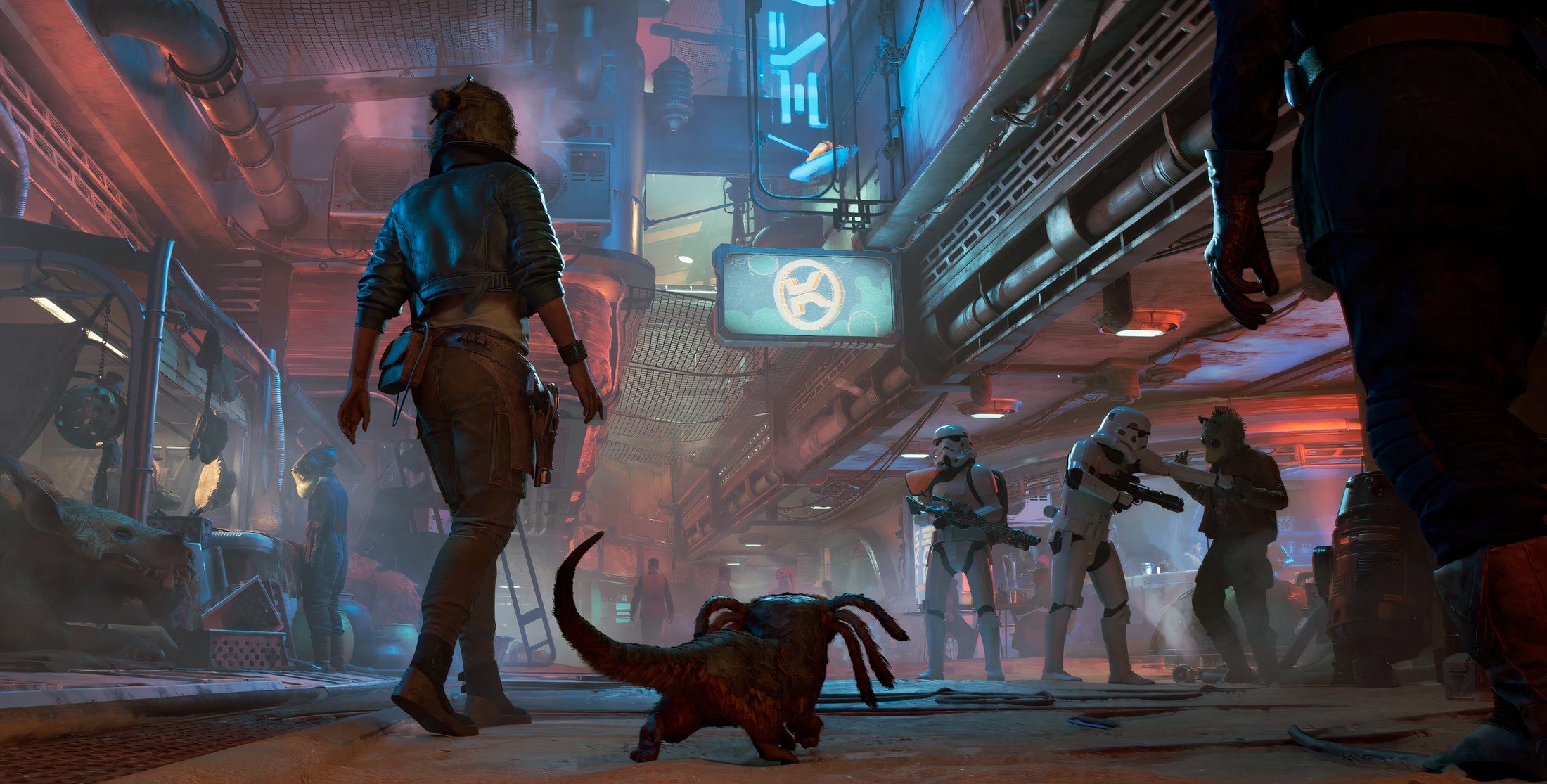
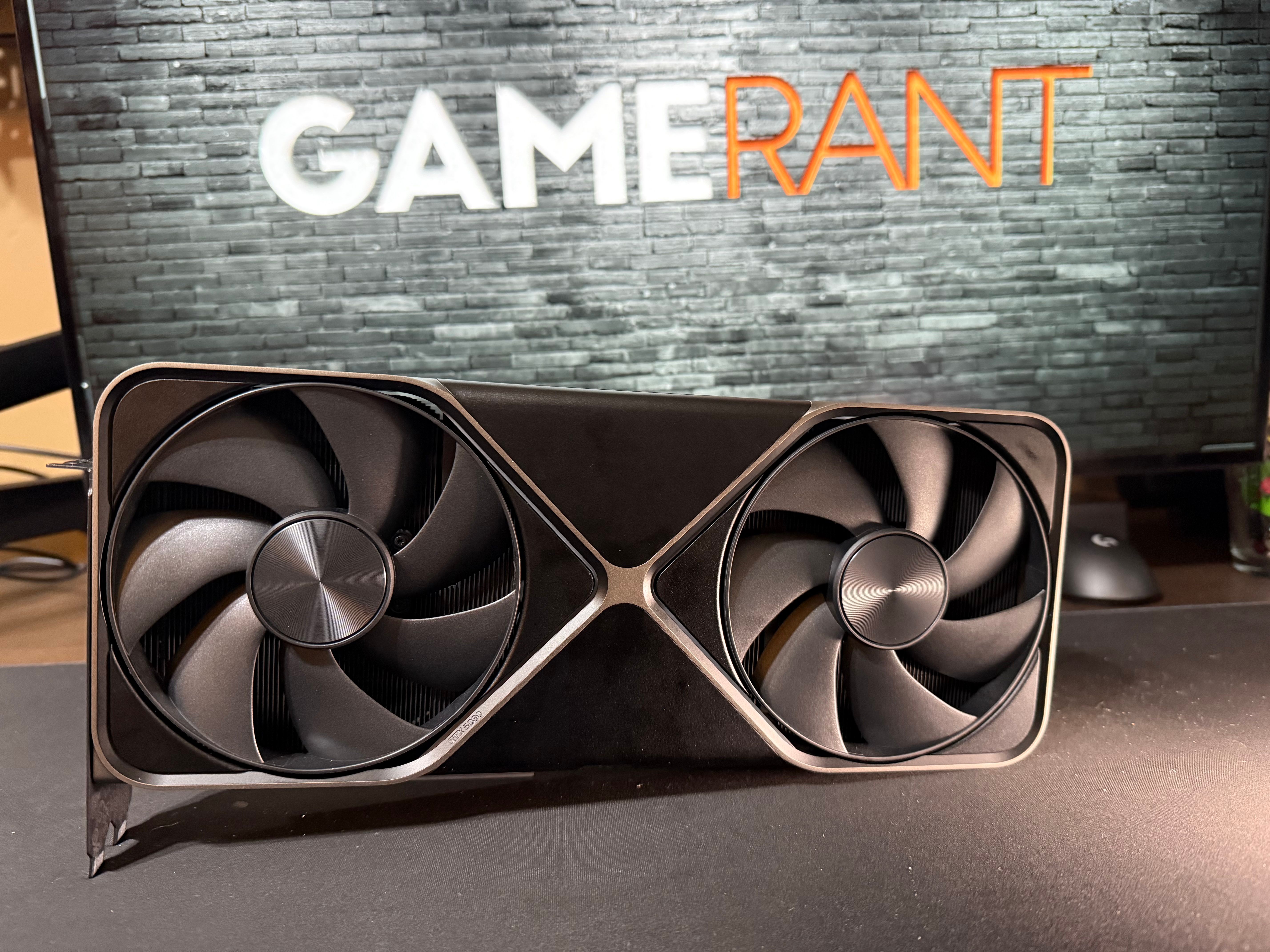
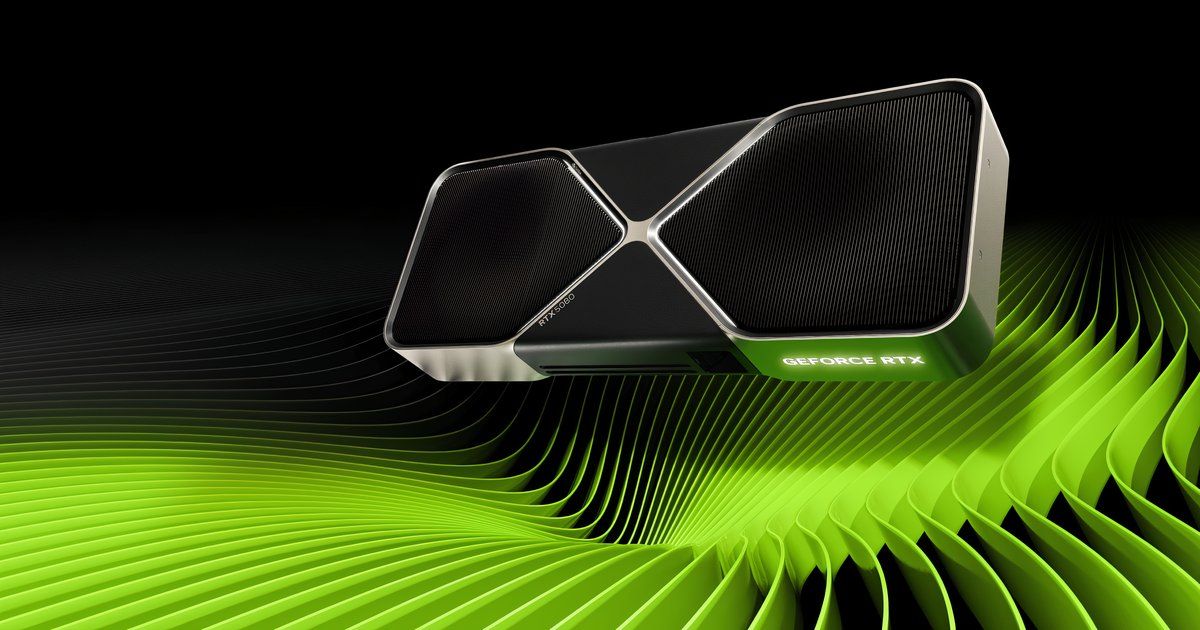






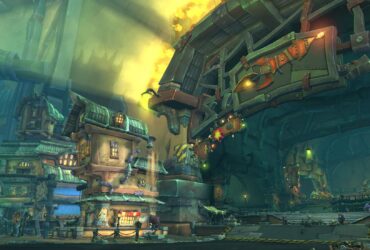



Leave a Reply